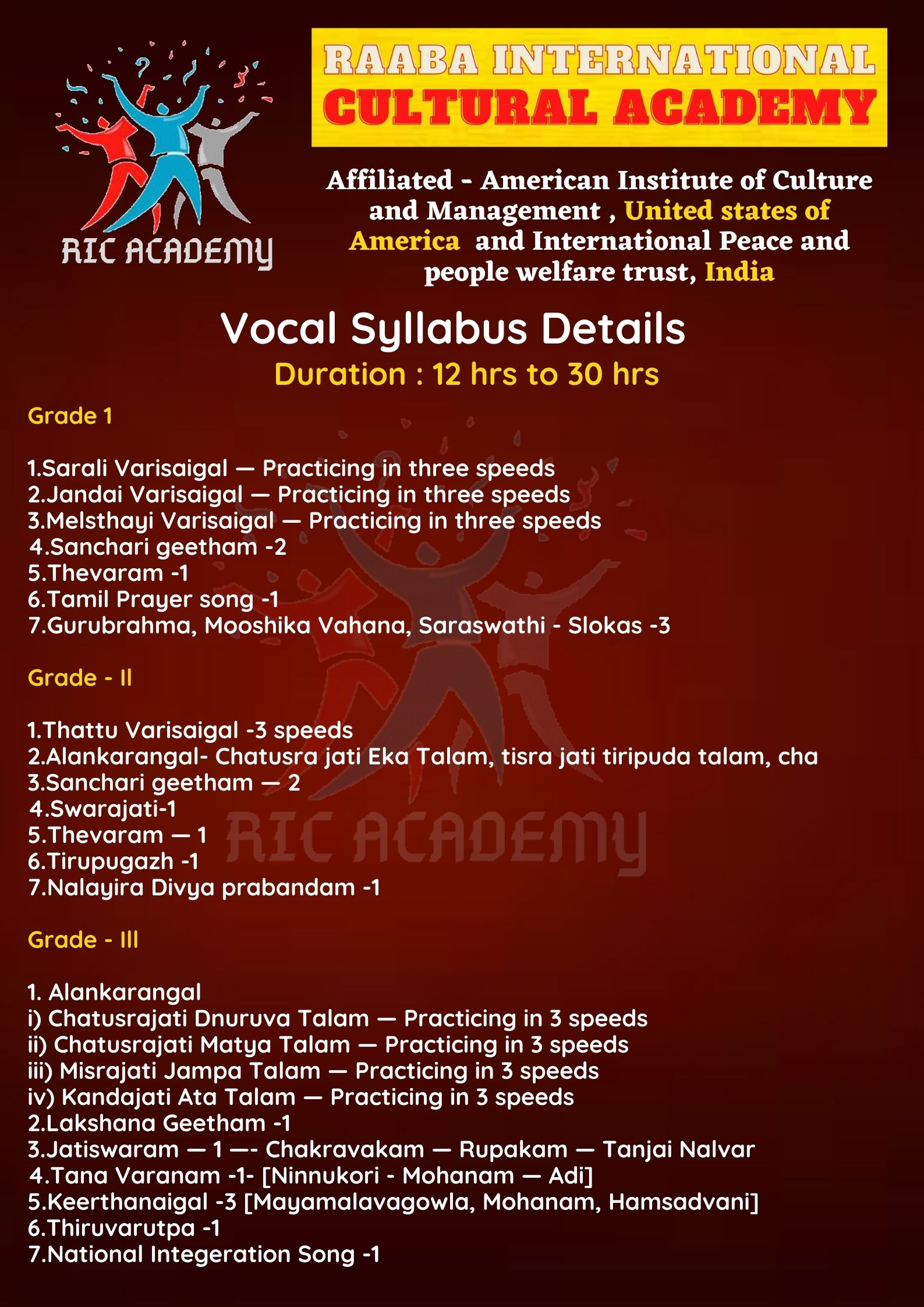
It is also the shrine where Muthuswami Dikshitar sang Sri Gandhimathi in the Hemavathi Raga.

Lord Shiva is therefore also Venuvananathar.Īnother legend also states that the area a bamboo tree forest. Venu means bamboo tree and Vanam means forest. The four Vedas stood around the Lingam in the form of bamboo trees. An opening in the wall opposite the Lingam allowed the Nawab and his son to worship while standing outside the temple.Īnother legend of the temple states that Lord Shiva took the form of a Lingam at Tirunelveli. A Lingam was then built in his name in a corner of the Prakaram. Her disease was cured and she also had a son. She did as advised and performed the required rituals through the temple priests. They advised her to worship Nellaiappar and perform certain rituals at the Nellaiappar Temple. The wife of a Nawab was suffering from an acute disease. Hence the place was named Tirunelveli and Lord Shiva was thereafter called Nellaiappar. The Tamil word for paddy is ‘Nel’ and that for a fence is ‘Veli’.

So, Lord Shiva protected the paddy by standing around it like a fence and covering it.

Veda Sharma worried that the paddy that he was drying would get washed away in the rain. One day when he was drying paddy to offer to Lord Shiva it started raining. He begged for alms and then offered these alms to Lord Shiva. There was once a poor Brahmin called Veda Sarma. The temple also has many old inscriptions of historical interest. A square Vasantha Mandapam which is a hall with 100 pillars is located in the middle of the flower garden. Thiru Venkata Krishna Mudaliar designed and planted the flower garden in 1756. The Nellaiappar and Kanthimathi temples were individual temples until 1647 when Thiru Vadamalaiappa Pillaiyan linked the two with the Sangli (chain) Mandapam. He also added the Mani Mandapam and the musical pillar. Nindraseer Nedumaran (Koon Pandian) who ruled in the 7th century AD built the Gopurams (towers) as well as the inner sanctums of the temples. The Cholas, Pallavas, Cheras and also the Nayaks added to the original structure. The Pandya Kings built the original temple.


 0 kommentar(er)
0 kommentar(er)
